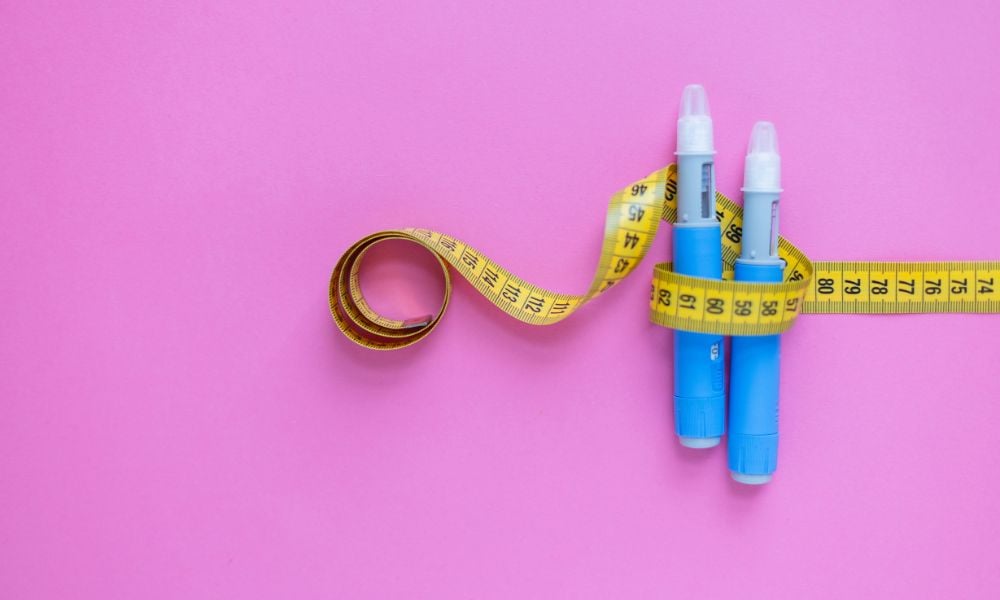Analysts expect obesity pill pricing to mirror injections as US$150 billion market takes shape by 2030

The global obesity drug market could reach US$150bn by 2030, and analysts expect new oral GLP-1 treatments from Eli Lilly and Novo Nordisk to play a role without displacing injections, as reported by Reuters.
Analysts and investors anticipate that both companies will price their daily oral drugs near existing GLP-1 injections, rather than charging a premium, which is a departure from typical industry practice.
UBS analyst Trung Huynh said the price is “probably going to come on par with the current drugs today or slightly lower,” while TD Cowen analyst Michael Nedelcovych projected Novo’s pill will debut close to Wegovy’s price, citing its earlier decision to price Rybelsus at parity with Ozempic.
According to Reuters, Novo aims for approval of its daily oral semaglutide later this year, with launch to follow, while Lilly plans to release orforglipron by August 2026.
Novo’s Wegovy and Lilly’s Zepbound are currently the only highly effective GLP-1 weight-loss injections in the US market, priced at about US$1,000 per month, though both companies already sell monthly supplies for US$499 to cash-paying customers.
The new pills are not more effective than the injections. Lilly said its pill cut weight by 12.4 percent over 72 weeks, compared with 15 percent for Novo’s oral semaglutide and up to 21 percent for Lilly’s injection.
Manufacturing scale and supply remain critical.
Reuters reported that Novo’s pill requires 75 times more active ingredient than the highest-dose Wegovy injection, raising production challenges.
Lilly disclosed it has US$808.5m in orforglipron inventory ready for launch, while Novo said it has invested billions to expand semaglutide output.
Investor forecasts reflect these challenges.
Analyst estimates for Lilly’s orforglipron have fallen from US$30bn to as low as US$10bn in peak annual sales.
HSBC projects US$15bn in peak sales for Novo’s pill, while Barclays expects just US$1bn.
Meanwhile, affordability pressures continue in the US.
About 40 percent of American adults are obese, and lawmakers including US President Donald Trump have urged lower drug prices, as reported by CNN.
In response, Novo and Lilly have expanded direct-to-consumer offerings at US$499 monthly.
According to Bloomberg, Novo now sells Ozempic through its NovoCare pharmacy at half its US list price and has partnered with GoodRx to offer Wegovy and Ozempic at the same rate.
The Street reported that GoodRx patients with prescriptions can access Novo’s branded drugs for US$499 monthly, while Lilly’s competing Zepbound is offered at US$349 for a single-dose vial.
Novo previously attempted a direct-to-consumer partnership with Hims & Hers, but that deal ended in July with Novo alleging deceptive promotion of knockoff versions.
Outside the US, Eli Lilly confirmed to Euro News that it will raise the UK list price of Mounjaro by up to 170 percent, increasing the cost of the highest dose to £330 per month effective September 1.
The company said the adjustment brings the price closer to levels across Europe and ensures “fair global contributions to the cost of innovation.”
NHS England stated the price hike will not affect access for patients receiving the drug through the public system.
Despite pricing adjustments, Novo executives told analysts they are not rushing to discount oral GLP-1s.
Karen Andersen, healthcare strategist at Morningstar, said, “Particularly in the growing cash-pay market, I doubt it can risk a launch at a premium to Wegovy.”



